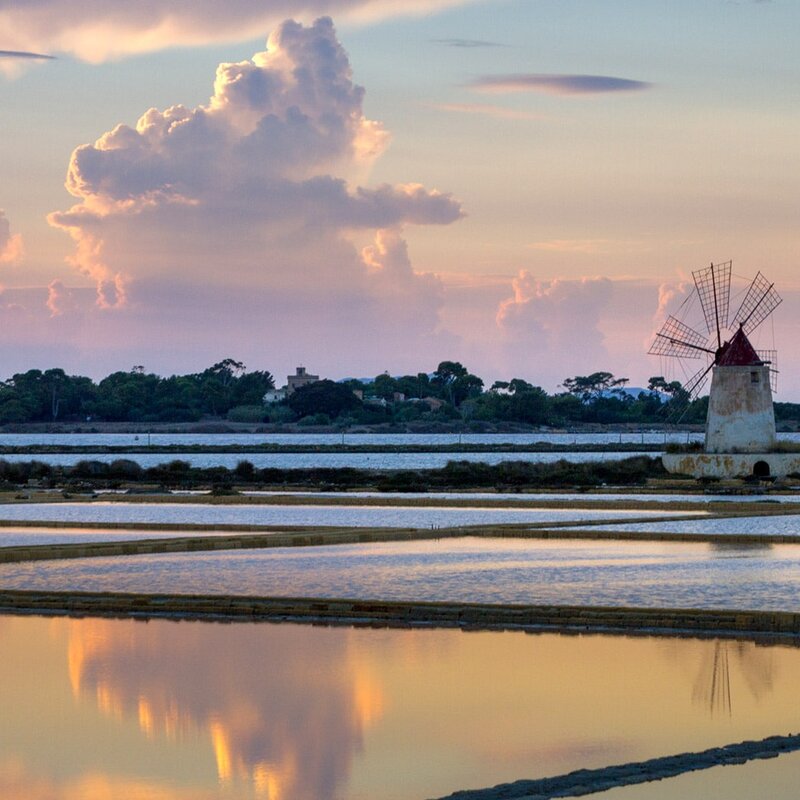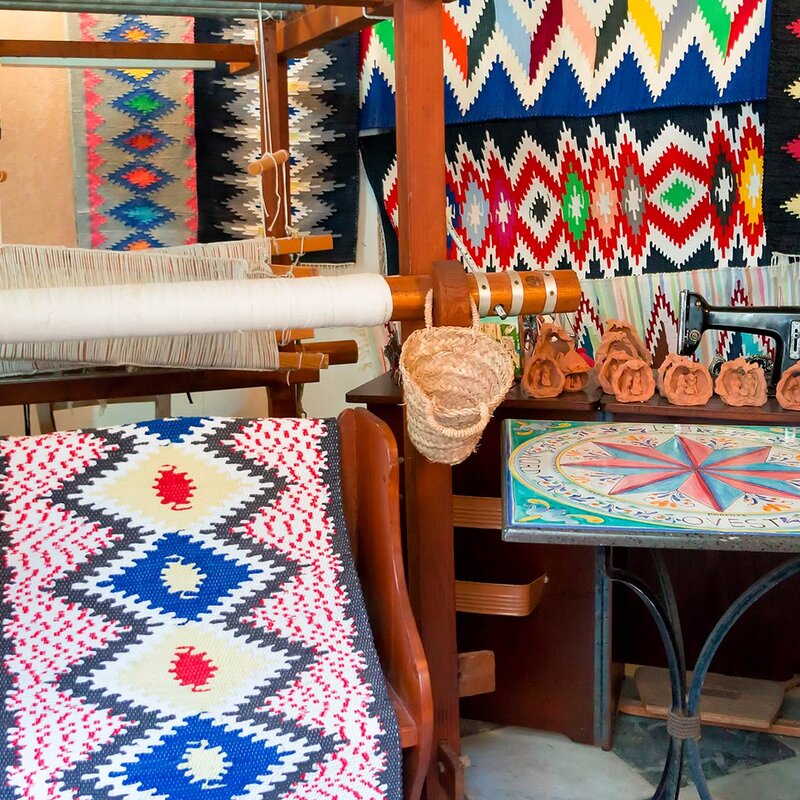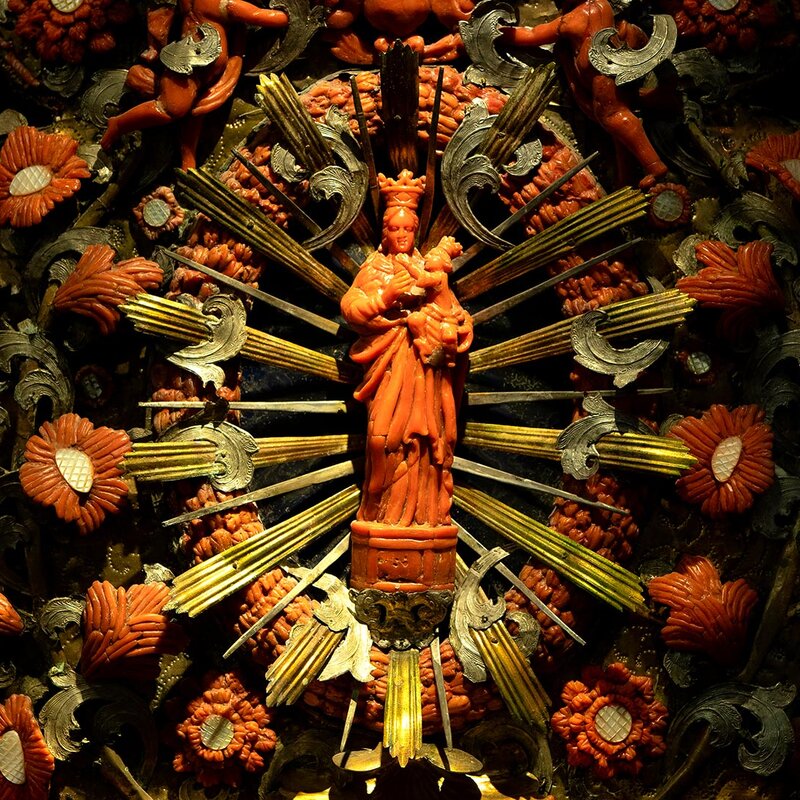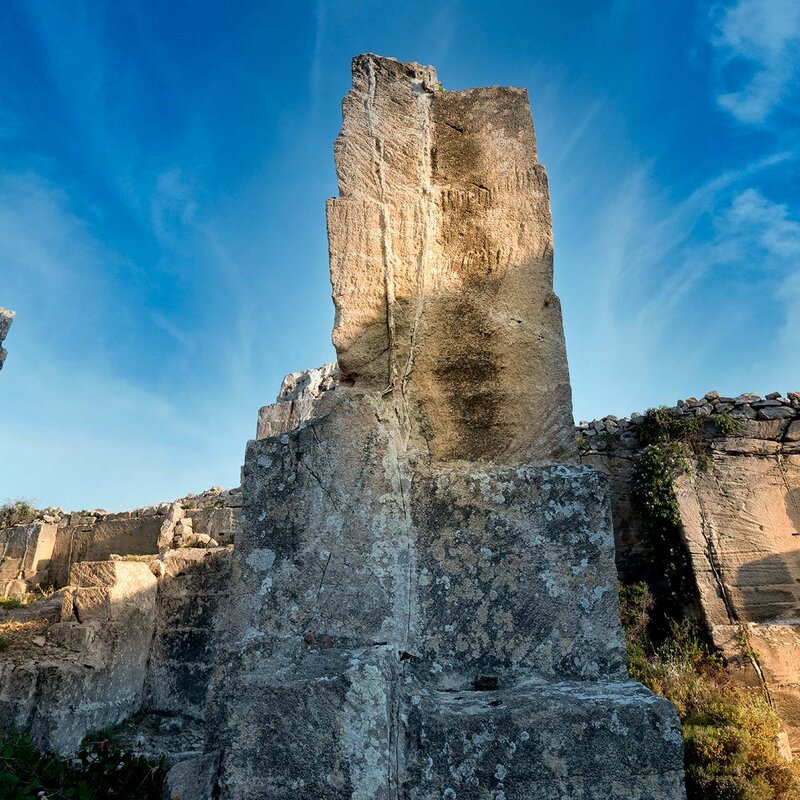Ritunnu
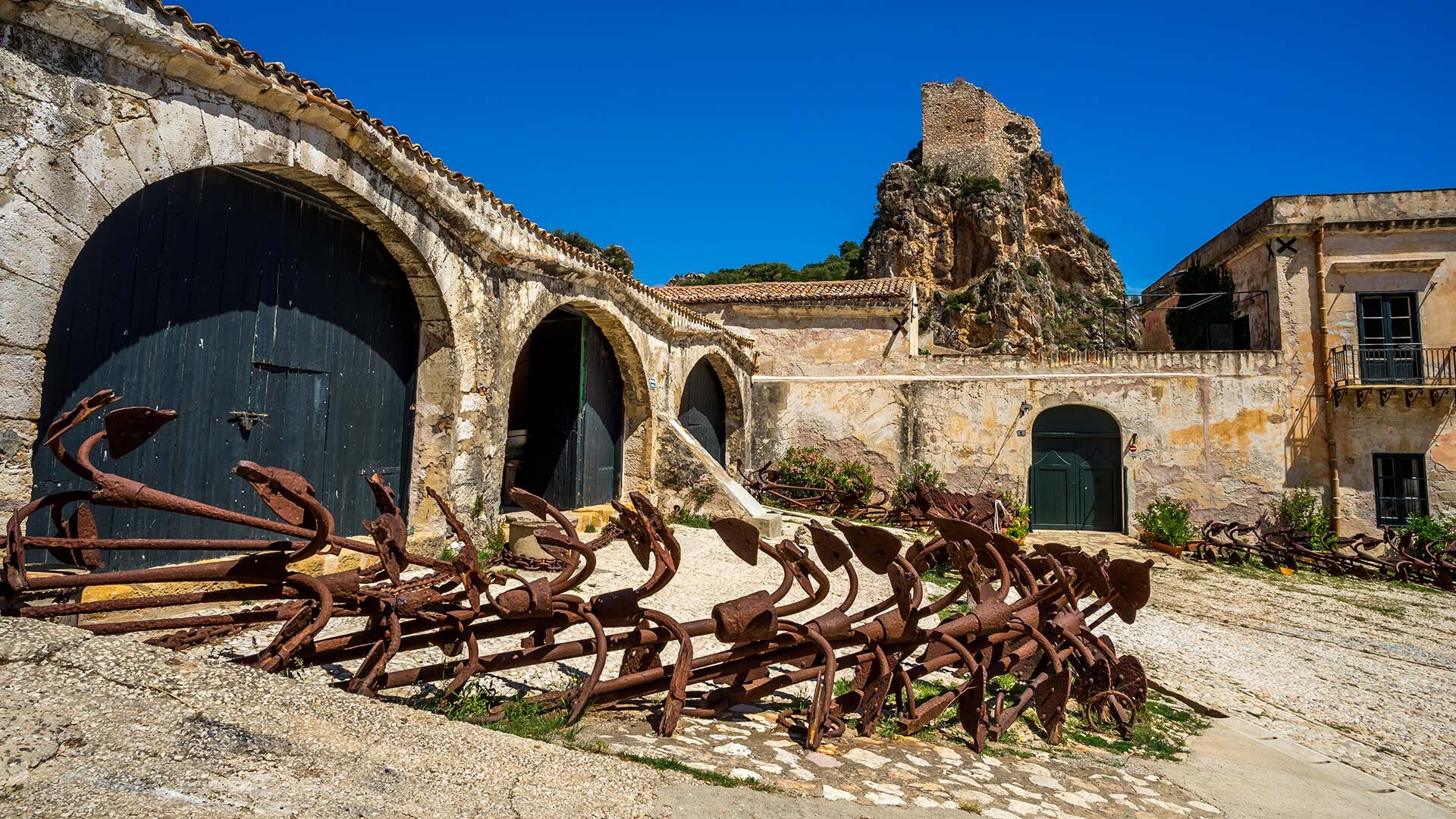
A complex system for catching tuna was developed over thousands of years, which required a community of “tonnaroti” (tuna fishermen). Under the direction of the “rais” (head fisherman), they would huddle together arm in arm, breathing in unison, singing the “cialoma” or “sciloma”, a form of sea shanty.
Songs sung from chests gasping under the weight of the tuna trapped in the system of nets. Songs that are prayers, chants and rhythms of work. Prayers and devotion, especially towards the Madonna di Trapani, as shown in the images of boats covered with sacred images that are on display.
